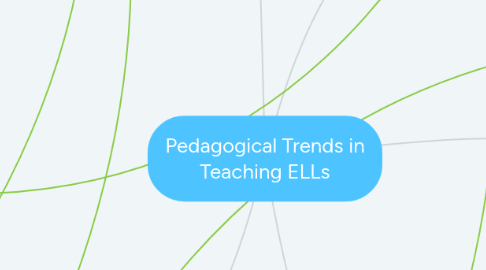
1. Supportive Strategies
1.1. prompt and ongoing feedback
1.2. corrective feedback
1.3. scaffolds
1.3.1. sentence stems and frames
1.3.2. word banks
1.3.3. graphic organizers
1.4. clear and ongoing assessment of students
1.5. teacher modeling
2. Language instruction
2.1. theories for success
2.1.1. strategic use of L1
2.1.1.1. bilingual education
2.1.2. engage and expect higher level thinking skills
2.1.3. maintain high expectations
2.1.4. meaningful and engaging content/student-inteest driven
2.2. Oral language
2.2.1. talk moves
2.2.2. Total Physical Response
2.2.3. Reader's Theatre
2.2.4. repetition
2.2.5. types of discussions
2.2.5.1. paired discussions
2.2.5.2. small group discussions
2.2.5.2.1. assigned roles (specific responsibilities)
2.2.5.3. whole group/class discussion
2.2.6. less teacher talk
2.3. Literacy Development
2.3.1. explicit instruction (direct and indirect) for English conventions such as syntax, vocabulary, grammar, etc.
2.3.2. Use of leveled readers (one level abouve student's current level)
2.3.3. lots of practice with reading comprehension skills such as context clues, word etymologies, prefixes, suffixes, inference, predicting, summarizing, paraphrasing
